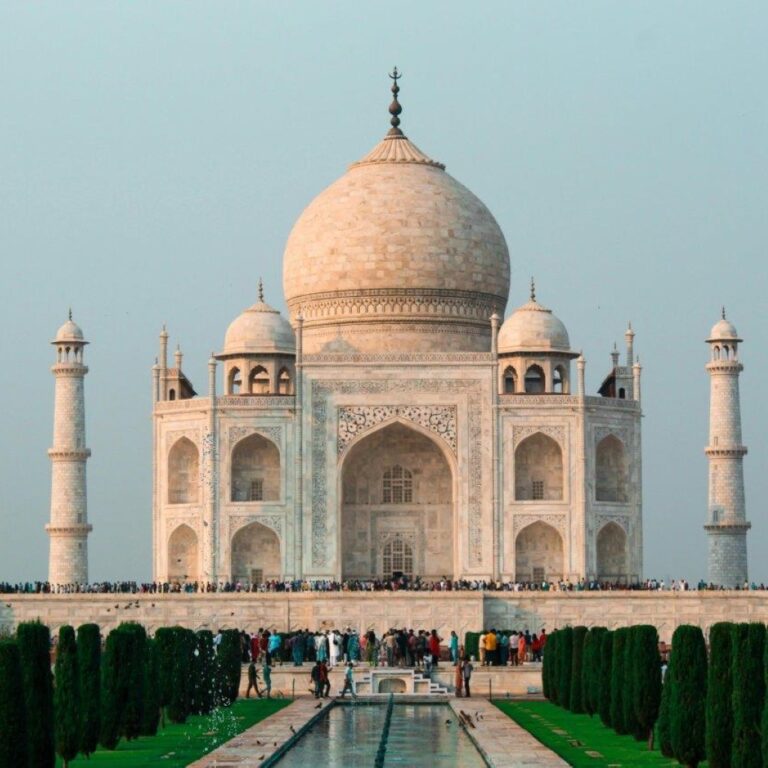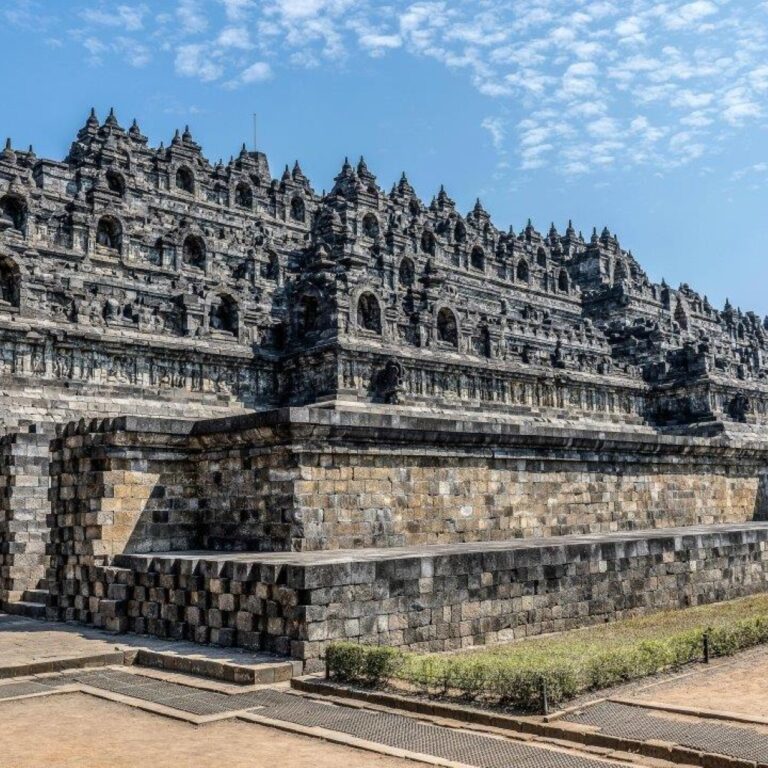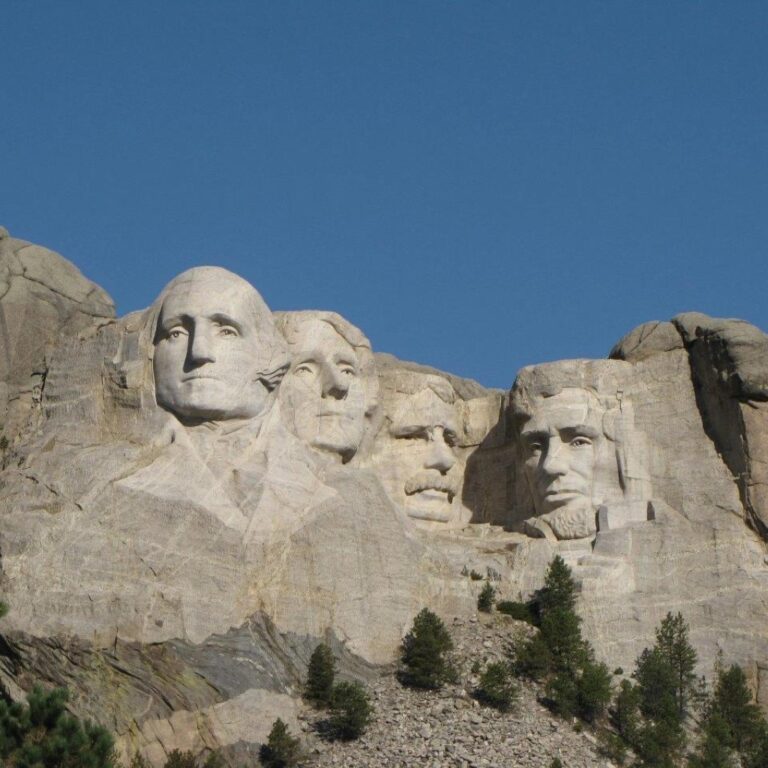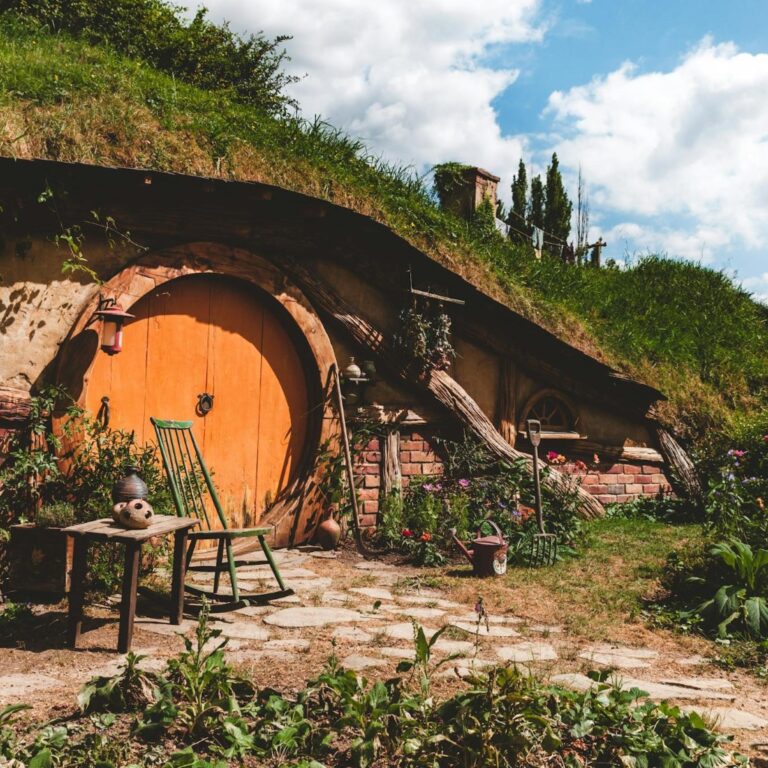The monument was commissioned by Mughal Emperor Shah Jahan in 1632 in memory of his beloved wife Mumtaz Mahal, who died during childbirth.
Construction of the Taj Mahal took 22 years to complete, with more than 20,000 artisans and craftsmen working on the project.
The monument is made of white marble and is adorned with semi-precious stones, including jade, crystal, turquoise, and amethyst.
The Taj Mahal is located in Agra, India, on the banks of the Yamuna River.
It is considered one of the finest examples of Mughal architecture, which combines elements of Islamic, Persian, Ottoman Turkish, and Indian architectural styles.
The complex includes a main gateway, a garden, a mosque, a guest house, and several other palatial structures.
The Taj Mahal's white marble exterior changes color depending on the time of day and the weather, appearing pinkish in the morning, milky white in the evening, and golden at night.
The four minarets surrounding the main structure are slightly tilted outward to protect the tomb in case of an earthquake.
The central dome of the building is 73 meters (240 feet) high and is surrounded by four smaller domes.
The intricate marble inlay work, known as pietra dura, features floral designs and calligraphy of Quranic verses.
The Taj Mahal was designated as a UNESCO World Heritage Site in 1983 and is also one of the New Seven Wonders of the World.
More than 8 million visitors from around the world visit the Taj Mahal each year.
The gardens surrounding the Taj Mahal are laid out in a Persian-style Charbagh (four-part) design, symbolizing paradise.
The construction of the Taj Mahal is said to have caused significant financial strain on the Mughal Empire.
The Taj Mahal has inspired countless poets, painters, and musicians, and remains an enduring symbol of love and beauty.



